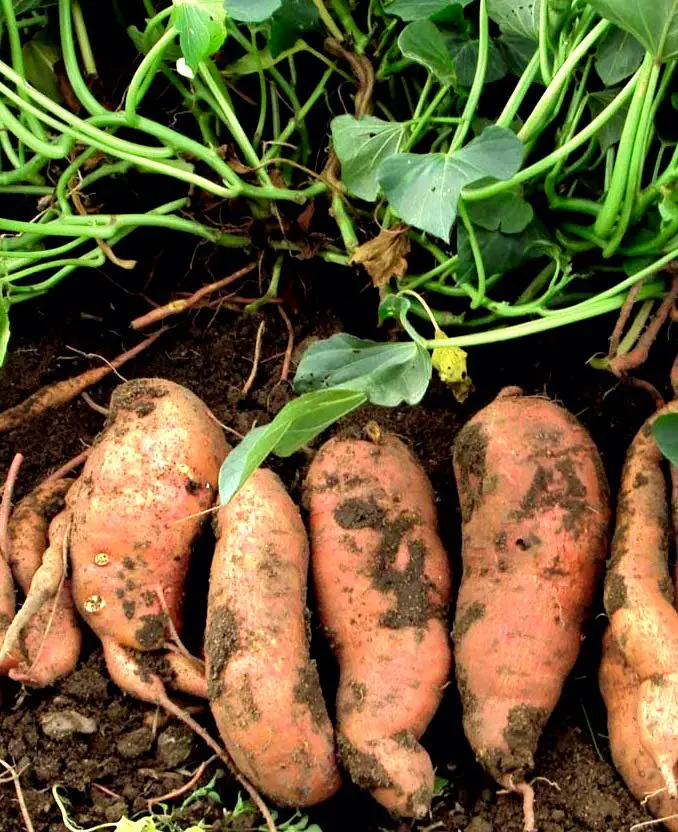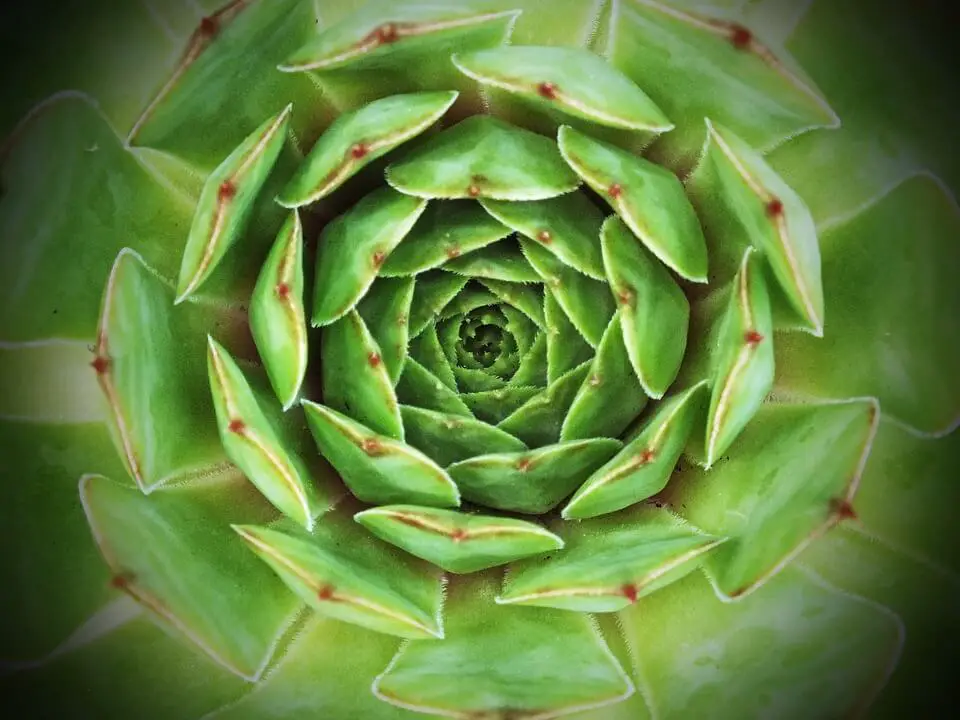We use affiliate links to run our site. When you buy through links on our site, we may earn an affiliate commission, without any added cost to you. Learn more
One of the most frustrating aspects of growing vegetable is that most of the veggies are short-lived. Because almost all of them are annual vegetables. And you can only harvest for about 2-3 months and then have to start the whole procedure once again.
Here, in this post, we will show you 12 vegetable crops that are perennial and just by planting once they will give you continuous yield year after year.
Planting perennials in your garden is a simple way to embrace diversity and there will always be something to harvest when you invest in perennials. Earlier, we have stressed some points on the importance of growing perennial vegetables, you can read that for more information about perennial plants.
There are so many vegetables that can be grown as perennials. Here in this article, we will give you five of the most common perennials which are our favorite too.
1. Papaya:
A good choice as a fruit and also as a vegetable (the raw ones). A papaya plant can produce more than 100 kgs of fruit in a year.
You can grow papayas both from seeds as well as through vegetation. Use a place where you get full sun exposer. If you are growing papaya from the seeds plant the seed directly to your final location transplantation process can really hurt the plant. Space the plant a minimum of 1.5 meters.

A papaya plant can be male, female, or bisexual, so, grow at least 2-3 plants in your garden to ensure enough fruit production. Papayas are a very good perennial plant for your garden because unlike most plants, you will get the fruits all year long.
This nutritious fruit is rich in vitamin A, C and E, Calcium, Potassium, Magnesium and Phosphorus.
Read more on how to grow papayas in this post.
2. Ginger:
A ginger plant will usually grow for two to three years. Being a tropical plant, gingers love the humid warm climate. if your climate is a dry one, try a bit of spraying or use a humidifier like this to increase the humidity level.
Use loose loamy soil and a good amount of compost to grow ginger plants. Plant the rhizome in the soil. Some varieties of Ginger flowers are exceptionally fragrant so you can also use them for ornamental purposes.
Ginger is a good companion plant. Plant them along with legumes, peppers or cilantro and both the plants will be happy.
Find details about growing ginger in this post.
3. Garlic:
Though in most places garlic is grown as annuals it is basically a perennial plant. It is one of the healthiest vegetables you can get in nature. They are excellent against coronary artery diseases, infections, and cancers and an excellent source of vitamin B6, manganese, selenium, and vitamin C.
You can grow garlic from the cloves. plant the cloves into well-drained fertile soil with the root end down and the pointed end up.
Make sure the soil has plenty of nitrogen in it. Garlic is also an excellent plant for deterring pests. If you have garlic in your garden it will save you a lot of money on pest control.
We have a detailed article on how you can grow garlic read that for step by step guide.
4. Groundnut:
Apart from their perennial features Though in, they are also known for their ability to fix nitrogen in the soil. The edible part of the plant is tubers.
You can easily grow groundnuts by sowing tubers in moist soil. Plant your tubers 3-4″ deep in soil. Place them where they can get enough sunlight. Being a member of the legume family they can trap nitrogen from air into the soil.
They will flower best when planted in full sun, but can also survive in partial shade.
Harvest the tubers in the fall after the first frost has killed of the foliage.
Groundnuts are rich in protein, and you can store them in a cool, dry area for a long time.
5. Sweet Potato:
Apart from the roots of the plant sweet potato leaves are also edible and are used in many parts of the world. The leaves are more enriched in protein than the tubers.
Sweet potatoes are easy to grow, and sometimes, nearly unstoppable. They provide much more nutrition. You can use them in plenty of ways in the kitchen from making brownies to a hot bowl of stew.

They are great additions to a permaculture garden. As a ground cover, they provide virtually unlimited pot greens. The plant multiplies easily, by putting a new slip in the soil, and the vine grows quickly. They are also both drought-tolerant and flood-tolerant, so they will keep the garden green most of the time.
6. Bitter Melon:
Bitter gourd or bitter melon is technically a perennial plant but people mostly treat them as an annual. As the name suggests they are bitter in taste. Their immature fruits are the most consumed part of the plant.
They don’t need much attention, just put them in fertile, well-drained soil and they will be happy. Water the plant regularly and you will see the plant flowering very soon.
If you want to know more about how to grow bitter melons see this post.
7. Chives:
Chives are a perennial member of the onion family that sport beautiful edible flowers. Though you can easily buy chives at markets, the freshness you can only find in the homegrown chives. They are a very good addition to your kitchen garden. Harvest a small bunch and add them to your salads and dips.
Chives are a wonderful companion plant that helps deter pests. They are cool-season plants and can tolerate cold. Plant them in early to mid-spring for an early summer harvest.
8. Asparagus:
Asparagus is a good addition to your kitchen garden because they are highly nutritious. You can consume it grilled, roasted or stir-fry.
Asparagus loves to grow and if you some empty space they will take over that very quickly. They love sunny locations and a well-drained soil. If they gets planted properly they will stay there for years to come.
Asparagus can grow tall and wide so plant them accordingly. Though it is not very easy to grow vegetable, if you take good care of them they will reward you with bountiful yield year after year.
9. Horseradish:
Horseradish is a perennial vegetable or herb. They are the member of the Cruciferae family such as broccoli, cabbages and Brussels sprouts.
Horseradish is most popular for its pungent roots. The best way to harvest horseradish roots is fresh as it is easier to dig at that time.
10. Artichokes:
Most gardeners treat artichokes as annuals but they really are perennials. If the climate is not very hostile they will grow year after year.
For colder climates, you need to take care during the cold harsh winter and once the climate warms a bit in April, the plant will ready to sprout.
For warmer regions, you don’t need to worry too much about the winter. Plant them in a place where they get ample sunlight. Use well drained soil with compost and manure you you won’t face any problem.
11. Drumsticks (Moringa):
The drumstick plant is a perennial tree. You can eat most parts of the plant, including the pods, leaves and flowers. The plant needs an open sunny location to grow and thrive. You can also use big size containers on a rooftop to grow drumstick plants.
12. Taro (Colocasia):
Taro is an common vegetable in India and some south-east Asian countries. They are famous for their giant leaves.
There are numerous varieties that you can grow. They prefer shady location like under the shade of a tall tree and damp soil. This perennial will form a new set of leaves from the ground every year.
- Growing perennial foods in your garden is a smart way to save time and money. You will save a lot on preparing the planting area or seeds in every growing season. And the best part, most of the perennials are resistant to the most unfavourable growing conditions.
- But remember, perennials need regular fertilizing, and protection from pests. Some perennials can become invasive. Keep an eye on them. You can control the invasiveness by planting in containers.
- If you are not very experienced in growing perennials consult a local garden expert from time to time.
- Keep your annuals and perennials in separate areas. This will be helpful when you will be cleaning out the annuals at the end of the season and prepare the field for the next growing season.
Unlike ornamental and flower gardening, growing vegetables is a more demanding job. You have to stick to routine gardening procedures like sowing, soil mixing, land preparations, watering schedule, etc. And after all that hard work you will reach a harvesting season that can last only for 2-3 months.
If you are one of those gardeners who love home-grown food year but don’t want to start your garden from scratch each spring, then, perennial vegetables are just for you. Perennials are a great addition to any gardens, You will keep harvesting a reliable crop year after year.
The veggies we discussed here can be planted once and enjoyed for many seasons to come. But remember, although all plants listed above are perennials, they may not grow perennially in all locations. So check for compatibility with your region before investing your time and energy in any plant.
If you liked the article share with your friends. You can use the sharing tool below:
Amazon and the Amazon logo are trademarks of Amazon.com, Inc, or its affiliates.
